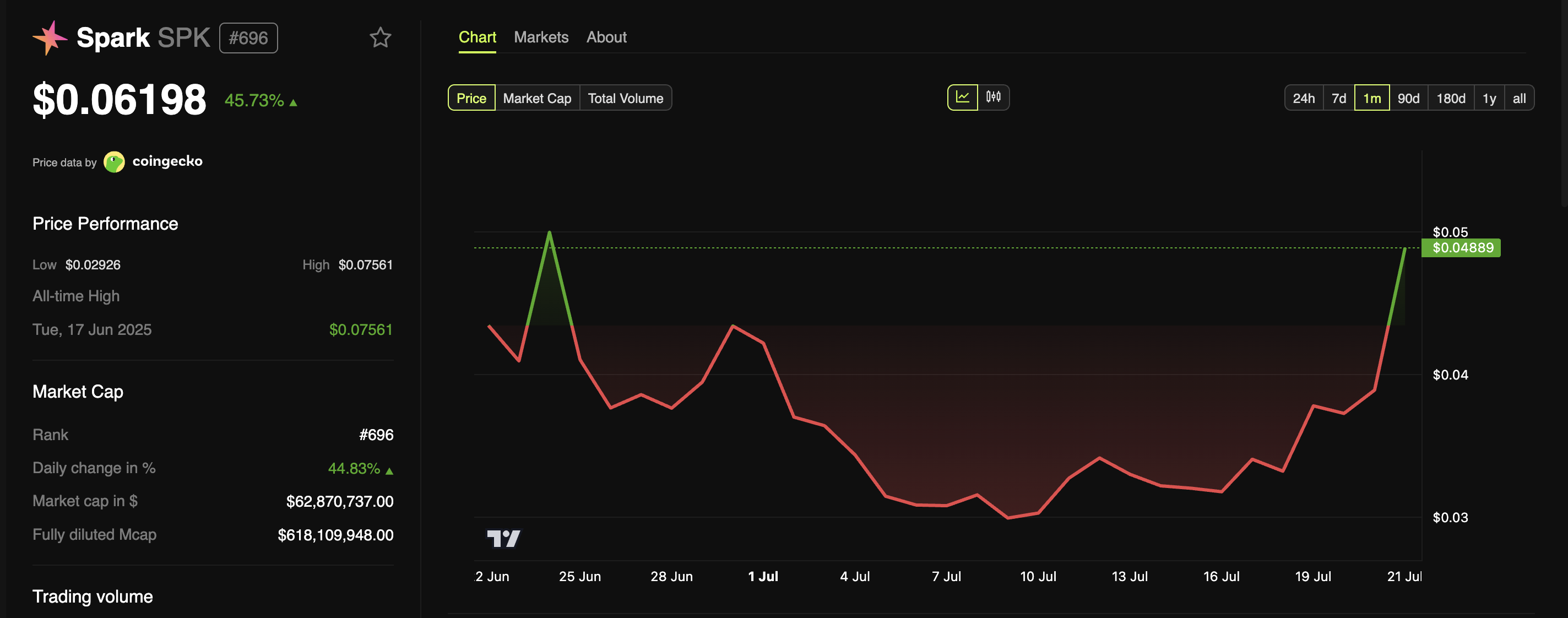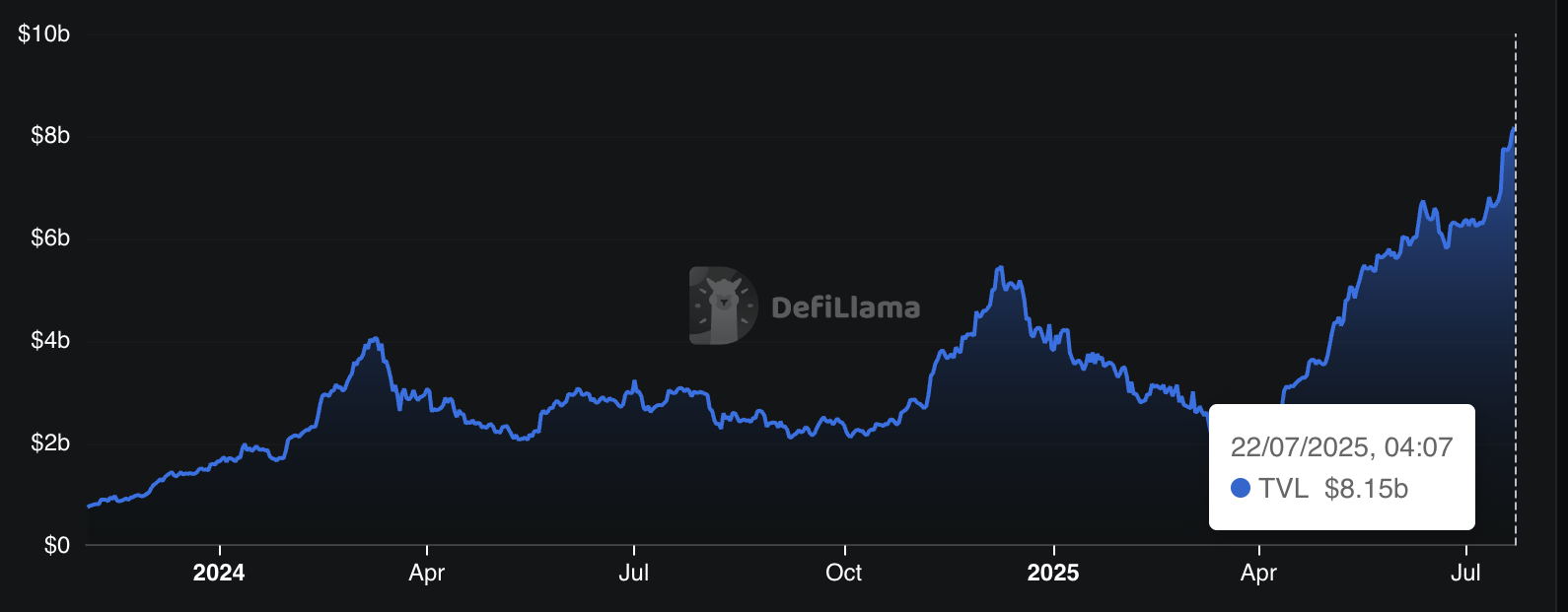
Pi Network price remains in a clear downtrend following its initial listing gains on small exchanges. The struggle to secure a top-tier exchange listing has dropped the price of PI Coin by 80% in 69 days. Despite the crash, the future outlook witnesses a spark as Michael Saylor remarks a bright Bitcoin market cap target of $200 trillion.
Such a bullish viewpoint projects a strong possibility of a phoenix-like rise for projects like PI Network. So, how high will the price surge of the PI Coin price if Bitcoin hits a $200 trillion valuation?
Pi Network Price Implication if Bitcoin Market Cap Hits Saylor’s Target of $200T
Michael Saylor, Executive Chairman of MicroStrategy, ponders the possibility of Bitcoin achieving a $200 trillion market cap by 2045. This will position Bitcoin as a global settlement layer after a 100x increase from the current market cap of almost $2 trillion.
Based on PIScan, the current market cap of PI Network is $4.09 billion, securing a spot in the top 30 cryptocurrencies. If PI Network witnesses similar 100-fold growth, the bullish case targets a $409 billion valuation. This will pump the current price of PI Coin from $0.581 to $58.10.
If PI maintains its current market cap of $4.09 billion, a 100-fold increase in Bitcoin’s market cap could proportionally elevate PI’s market cap to $409 billion. With the circulating supply remaining constant, this would translate to a PI price of approximately $58.10.
An even more optimistic PI Network price prediction surfaces if it could reclaim its all-time high $13.4 billion valuation. In such a case, PI Network will reach a $1.34 trillion valuation and a $190 market price. This surpasses the current Ethereum valuation and is $600 million shy of the current Bitcoin market cap.
Such a mammoth rise in Bitcoin will impact the entire cryptocurrency market, as historically, BTC price jumps relate to altcoin market rises. Hence, in such a scenario, top altcoins other than PI Coin would witness a similar move.
Other Factors That May Affect Pi Coin Price In Near-Term
The key hurdle for PI Network to reinstate a positive trend remains the top-tier exchange listing, like Binance. Facing rejections due to its minimal utility, network upgrades and increased liquidity could open the gates to major listing gains.
Recently, Banxa, a payment platform, secured PI Network’s KYB approval, bringing PI Coin exposure to its users globally. This will boost the liquidity and bring real-world utility, increasing its listing chances.
Elsewhere, PI Network provides another real-world solution to Cube Motors, a well-known Florida car dealership. In a partnership with Pi Coin, the dealership will now accept Pi Coins as a legitimate payment for vehicles.
The PI Network utility expanded to real estate earlier this year. Zito Realty LLC, a Florida-based real estate firm, now accepts Pi Coin as a form of payment for property transactions.
Conclusion
In conclusion, if Saylor’s promising target of a $200 trillion valuation becomes a reality, altcoins like PI Network will skyrocket. Estimated valuations from $409 billion to $1.34 trillion could witness a price surge between $0.58 and $190.
The post How High Will Pi Network Price Go if Bitcoin Hits $200T Valuation As Suggested by Michael Saylor? appeared first on CoinGape.






